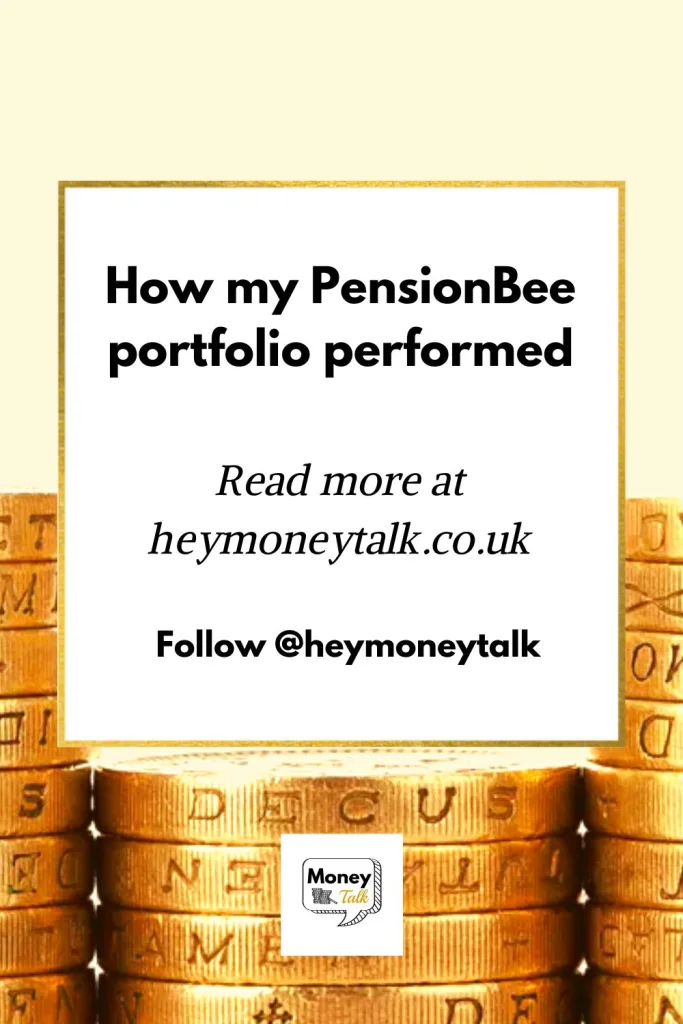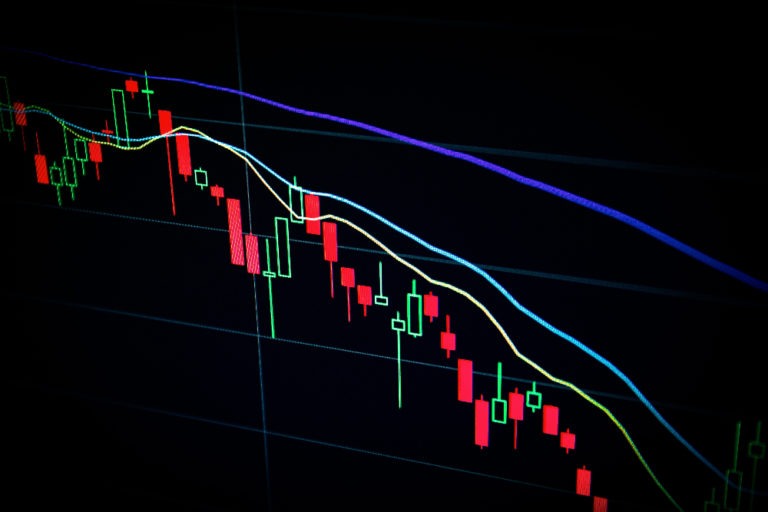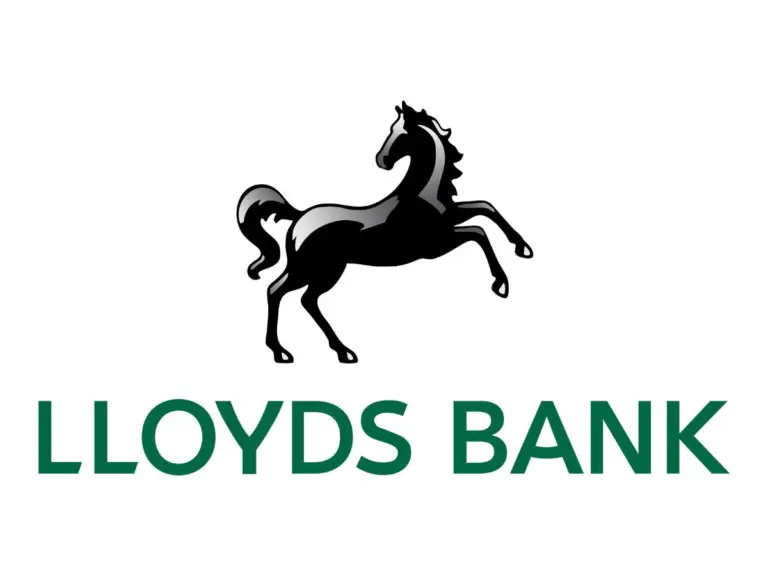PensionBee review: How my pension portfolio performed
Money Talk is intended to inform and educate; it's not financial advice. Affiliate links, including from Amazon, are used to help fund the site. If you make a purchase via a link marked with an *, Money Talk might receive a commission at no cost to you. Find out more here.
This is the final part of my three-part PensionBee review.
In part one I explained why I picked them for my self employed pension, and in part two I discussed my pension transfer hiccups.
In this final part, I’m focusing on how well my pension portfolio actually performed.
This is by no means a scientific examination of the results, because a myriad of things can affect how well a portfolio performs.
But having trusted my portfolio with PensionBee and its money managers for more than a year, it’s a good time for a review of their performance.
An overview of markets in general
Before I go into how my portfolio performed, it’s important to note that 2021 to 2022 was particularly volatile.
The financial markets in general had seen substantial growth since they crashed in March 2020 in response to the Covid pandemic.
But high levels of inflation, particularly high energy costs, had been making investors nervous.
Markets are sensitive to change and uncertainty anyway.
When you look at the values of funds over that period, there was a monthly dip correlating to big announcements by central banks.
In 2022, there were also several major events that affected investments.
In February, Russia invaded Ukraine; in June, there was rampant inflation; in August, energy prices were soaring; and in September, the mini budget under Liz Truss’ government sent markets on a dive.
All that is to say it’s been an uphill battle for investing.
How my PensionBee self employed pension has performed
In short, not great.
As a reminder, I was on PensionBee’s Tracker plan. It’s a medium risk fund managed by State Street Global Advisors (SSGA), one of the world’s biggest asset managers.
They have plenty of experience, but with a fund that size, it can also be hard to manoeuvre in response to changes in the market.
In the first couple of months after opening my account, my portfolio was on an upward trajectory but the growth was incredibly slow.
Between July and the beginning of November 2021, it was hitting just 1 or 2% of growth, with the occasional fall.
By November, things were finally picking up and I saw growth highs of 5%.
But that was short lived, and growth rates soon returned to that stagnant 1% mark.
And when the war in Ukraine started, the value of my investments across the board dipped – that means at PensionBee and elsewhere.
At one point in June 2022, I saw a 15% fall in the value of my PensionBee portfolio, equating to thousands of pounds.
And a year after I first transferred my pensions into PensionBee, my portfolio was worth about 7% less than what I had put in.
I want to add a bit of context to this with some comparisons to my investments elsewhere.
PensionBee vs Nutmeg
I opened three fixed-allocation investment pots with Nutmeg at around the same time as opening my PensionBee portfolio.
Nutmeg’s management fees for these pots are just 0.45%, as they’re more hands off, with minimal portfolio adjustment.
In each of these pots I deposited the same amount of money (as each other, rather than PensionBee) and set the investment approach to three different risk profiles: medium, high and very high.
While my PensionBee portfolio was languishing, my riskiest portfolio was seeing growth highs of 7%. Even the medium risk pot was seeing growths of around 3%.
They too were affected by the dips across the market.
At its lowest point, the medium risk pot (the worst performing one) had hit a loss of around 12% – things were bad, but not quite as bad as my PensionBee portfolio.
When I re-evaluated my portfolio in August 2022, the riskiest Nutmeg pot was on a growth spurt of almost 2% while the medium risk pot was at a loss of just over 5% – both outperforming my PensionBee portfolio.
Since then it’s been a real mixed bag.
After the September 2022 mini budget from then-Chancellor of the Exchequer, Kwasi Kwarteng, markets went into a dive.
While my Nutmeg Fully Managed portfolio recovered fairly quickly, my Fixed Allocation pots were far slower to recover.
Some only managed to get back into black in the first few months of 2024 – the same time as my PensionBee portfolio.
PensionBee vs other pensions
You may recall that I had a couple of other pensions with another provider, Scottish Widows, that I decided not to transfer.
The comparison isn’t quite as clear cut here because the sums invested in them are vastly different and the original investment dates are also different.
Case in point, two of these pension pots were invested in the same fund but at different times.
While one saw overall growth of more than 9% between July 2021 and July 2022, the other had a negligible 0.69% growth – an example of just how much the value of a portfolio can be influenced by different factors.
That said, both portfolios did see growth at a time when my PensionBee portfolio saw an overall fall.
I transferred all three into a SIPP I held with Hargreaves Lansdown in February 2024.
At the time of transfer, both of my Scottish Widows pensions had grown by around £200 each, with one having a slightly better percentage increase than the other.
In comparison, my PensionBee portfolio was barely back in black. That is, the growth had been negligible.
I basically wanted to transfer that money out as soon as I could without a loss.
Would I recommend PensionBee?
My experience with PensionBee has been very mixed.
While my first pension transfer went through without issues, my second one wasn’t quite as straightforward.
And if I hadn’t chased it at just the right time, it wouldn’t have gone through at all.
A 50% hassle-free transfer rate doesn’t look great – especially when it promotes the fact that it makes finding your pensions and transferring them easy.
The one good thing was PensionBee rectified the issue as soon as I got in touch.
Ultimately it comes down to performance.
In my opinion, my portfolio was seriously underperforming between 2021 and 2024 when it was with PensionBee – I had almost zero growth in that time.
Given the Tracker plan is managed by SSGA rather than by PensionBee, the blame rests with the former.
That said, in a perfect world I would have wanted a more risky investment approach, and that’s not an option with PensionBee unless I switch to a different plan.
And had I chosen a different plan, it would mean a higher fee (more than Hargreaves Lansdown) and no promise of decent growth.
So no, based on my experience I wouldn’t recommend PensionBee – but that doesn’t mean it won’t work for you.
This post was originally published in August 2022. It was updated in July 2024.
The other posts in this PensionBee review series
Pin this for later







